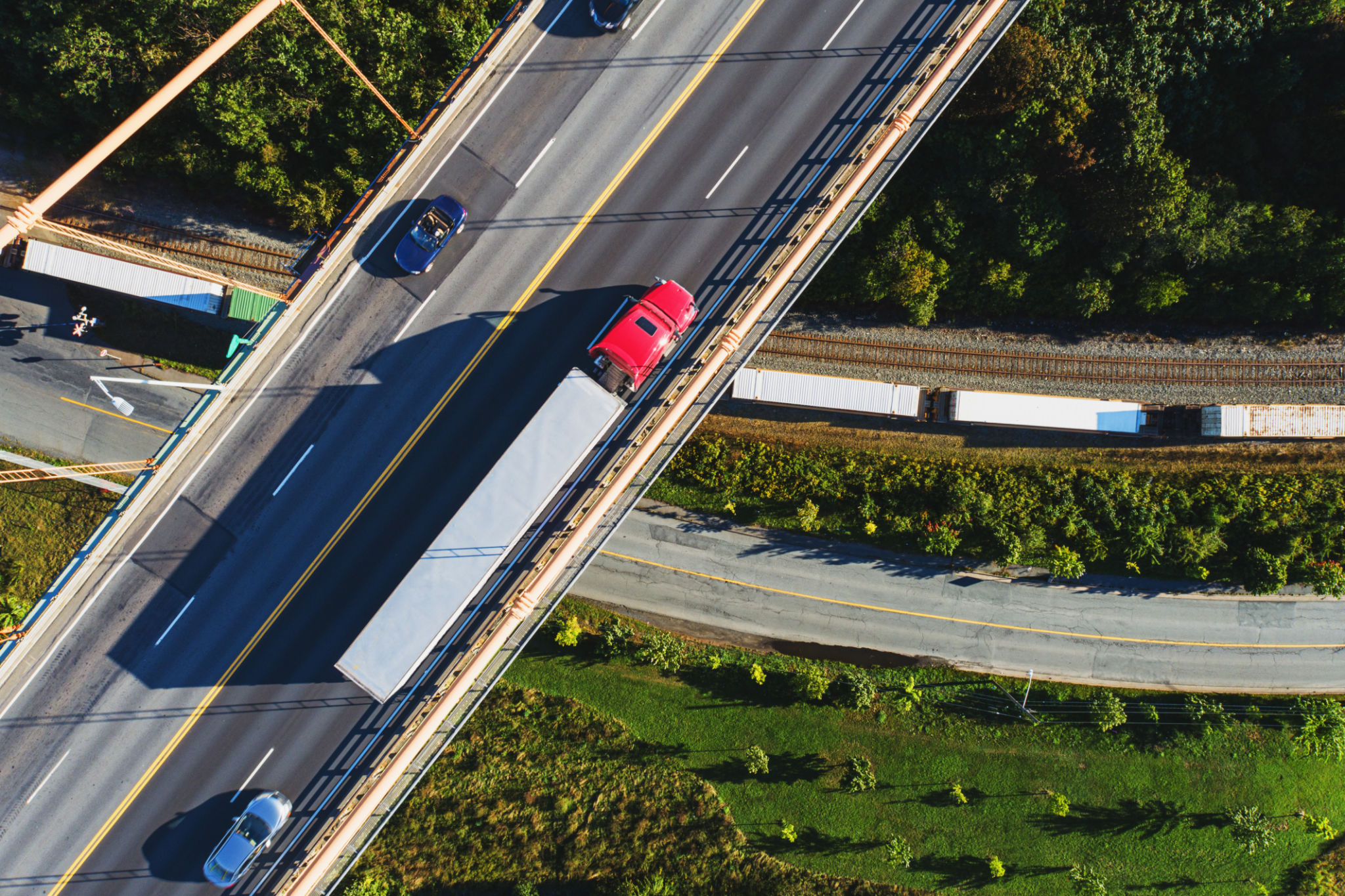Comparing Trucking vs. Rail Transport: Which is Right for You?
Understanding the Basics: Trucking and Rail Transport
When it comes to transporting goods, businesses often face the crucial decision of choosing between trucking and rail transport. Both modes have their unique advantages and considerations. Understanding these can help you make an informed choice that aligns with your business needs.

Trucking involves the use of trucks to move goods over road networks. It offers flexibility in routes and schedules, making it a popular choice for short distances and local deliveries. On the other hand, rail transport utilizes trains to move large volumes of goods, often over longer distances. This method is known for its cost-effectiveness and energy efficiency.
Cost Considerations
One of the most important factors to consider is cost. Generally, rail transport is more cost-effective for long-distance shipments due to its ability to carry large quantities at once. It offers lower fuel costs per ton-mile compared to trucking. However, if your shipments require frequent stops or are time-sensitive, trucking might be the more economical choice due to its flexibility and quicker transit times for shorter hauls.

Trucking costs can vary based on fuel prices, tolls, and driver wages, making it essential to calculate all potential expenses when planning shipments. Rail transport, while often cheaper per mile, may involve additional costs for last-mile delivery, as goods need to be transferred from rail to truck for final delivery.
Speed and Efficiency
The speed at which goods are delivered is another critical consideration. Trucking generally offers faster point-to-point delivery, especially for distances under 500 miles. Trucks can directly reach destinations without needing additional transfers, reducing handling time and potential delays.
In contrast, rail transport may involve longer transit times due to fixed schedules and the need for intermodal transfers. However, it provides consistent service for scheduled deliveries over long distances, making it a reliable option if timing is not as critical.

Environmental Impact
As businesses strive to reduce their carbon footprint, the environmental impact of transportation methods becomes increasingly important. Rail transport is generally regarded as more environmentally friendly, with lower emissions per ton-mile compared to trucking. Trains are more fuel-efficient and can significantly reduce greenhouse gas emissions for large shipments.
However, trucking offers advantages in areas lacking rail infrastructure or where door-to-door service is necessary. By adopting newer technologies and more efficient logistics strategies, trucking can also work towards minimizing its environmental impact.
Flexibility and Accessibility
Trucking is unparalleled in its flexibility and accessibility. Trucks can navigate diverse terrains and reach virtually any location with road access. This makes them ideal for last-mile deliveries and areas without direct rail connectivity.
Rail transport lacks this level of flexibility but excels in transporting bulk goods across established routes. Businesses with predictable shipping schedules can benefit from rail's efficiency in moving large quantities over long distances.

Making the Right Choice
The decision between trucking and rail transport ultimately depends on your specific business needs. Consider factors such as cost, speed, environmental impact, and the nature of your shipments. For short distances or time-sensitive deliveries, trucking may be the optimal choice. For long-haul or bulk shipments, rail transport could offer significant advantages.
By evaluating these aspects carefully, businesses can choose the transportation method that aligns best with their operational goals and sustainability commitments.